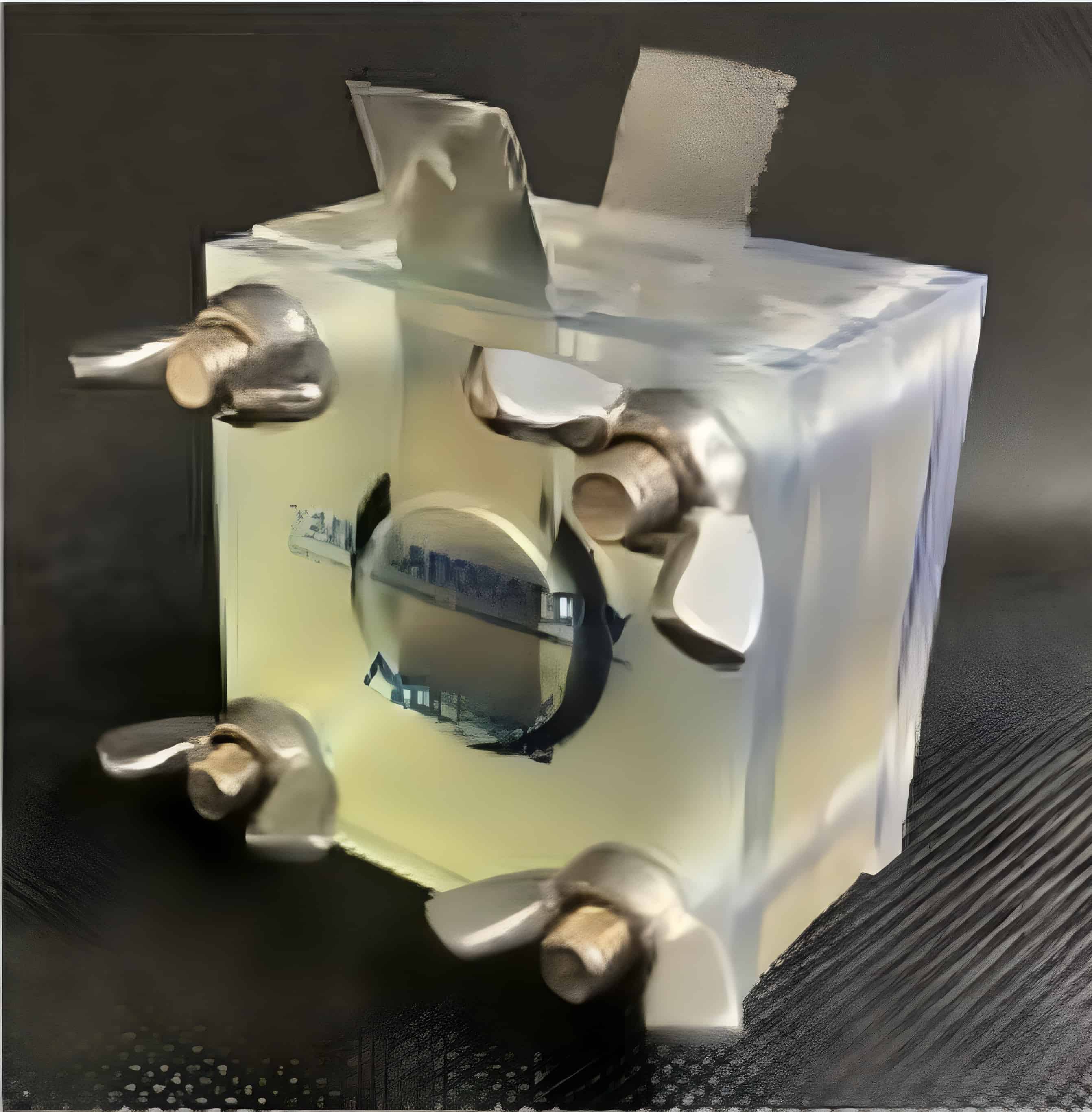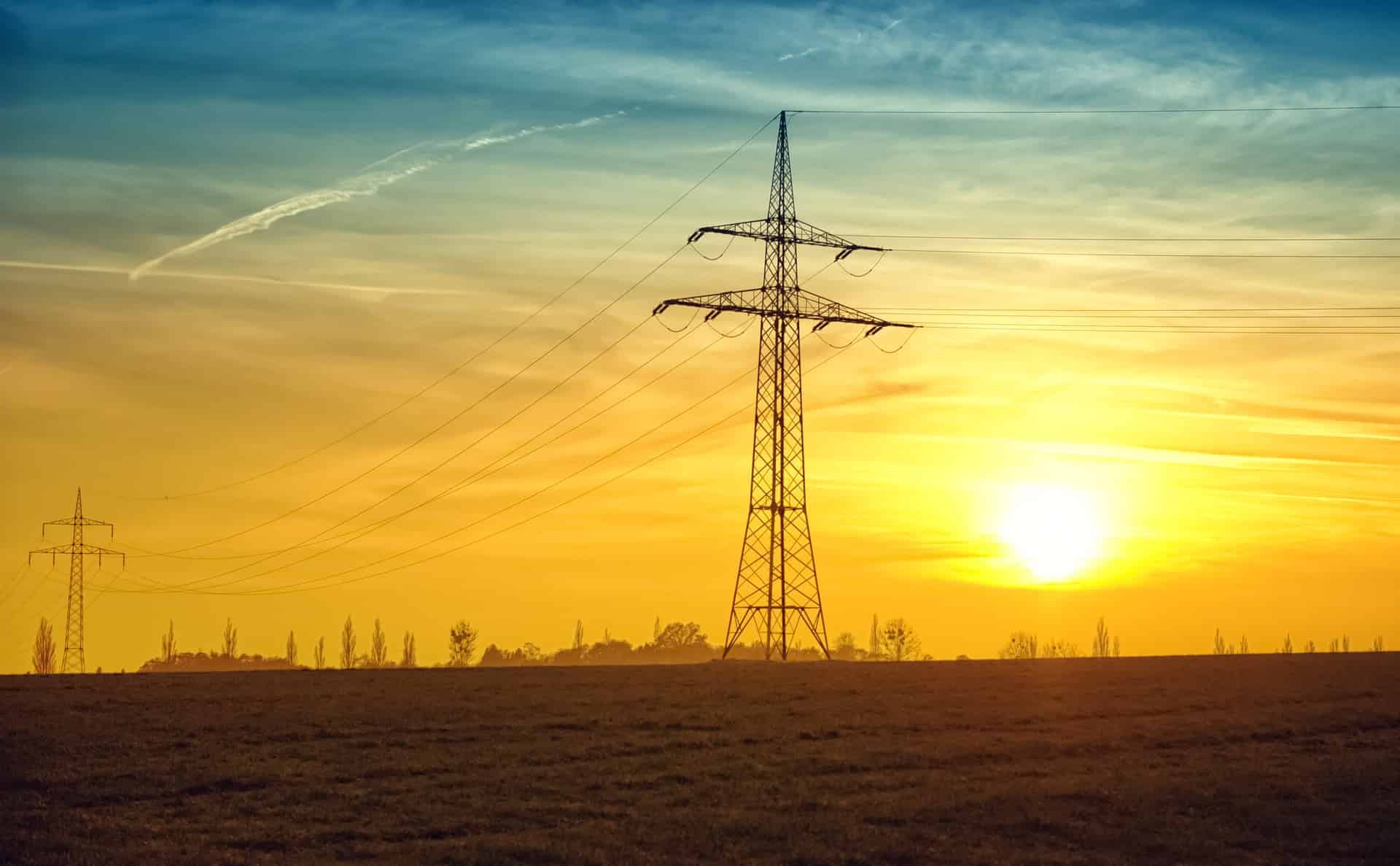
Researchers from Tohoku University have made a game-changing innovation in zinc-air batteries, significantly improving their performance and making them a strong contender against lithium-ion batteries. By using a novel iron azaphthalocyanine unimolecular layer (AZUL) electrocatalyst and a tandem electrolyte system, the team boosted the potential of zinc-air batteries to approximately 2.25 V and a high power density of 318 mW/cm2. This opens up opportunities for zinc-air batteries to be used in advanced devices such as drones, electric vehicles, and grid-scale energy storage systems.
- Theoretically, zinc-air batteries have a higher energy density than Li-ion batteries.
- There are limitations currently stopping the use of zinc-air in power-hungry applications like cars.
- With the Tohoku University innovation, zinc-air may become competitive with Li-ion.
Understanding zinc-air batteries
Zinc-air batteries are a type of metal-air battery powered by the oxidation of zinc with oxygen from the air. They are known for their high energy densities and relatively low cost of production, making them an attractive option for various applications. However, their low power density and standard voltage of around 1.4 V have limited their use in advanced devices.
The innovation from Tohoku University involves the development of cobalt oxide/carbon nanotube hybrid catalysts and nickel-iron layered double hydroxide cathode catalysts, which exhibit higher catalytic activity and durability. This results in a zinc-air battery with a peak power density of around 265 mW/cm³ and energy density greater than 700 Wh/kg. The innovation also includes rechargeable zinc-air batteries with small charge-discharge voltage polarisation and high reversibility.
Comparing with lithium-ion batteries
Lithium-ion batteries are currently the most popular battery type, with a specific energy of around 150-250 Wh/kg and a nominal cell voltage of around 3.6 V. In comparison, current zinc-air batteries have a specific energy of 470 Wh/kg (practical) and 1370 Wh/kg (theoretical), as well as a specific power of 100 W/kg. The nominal cell voltage for zinc-air batteries is 1.45 V. With the Tohoku University innovation, the energy density of zinc-air batteries can potentially increase to 400-500 Wh/kg, which is comparable to or even higher than that of lithium-ion batteries. The voltage can also be increased to 1.6-1.8 V.

Although zinc-air batteries have a higher energy density and potentially higher specific energy than lithium-ion batteries, further improvements are needed to match the specific energy and voltage levels of lithium-ion batteries. The innovation by Tohoku University researchers is a significant step towards achieving this goal, boosting the potential of zinc-air batteries to approximately 2.25 V and a high power density of 318 mW/cm².
Potential near-future applications
With their higher energy density and improved performance, zinc-air batteries have the potential to become a competitive alternative to lithium-ion batteries in the near future. Possible applications for zinc-air batteries include electric vehicle batteries, portable electronics, and utility-scale energy storage systems. Zinc-air batteries are already used to replace now-discontinued mercury batteries commonly used in photo cameras and hearing aids.
In addition, the AZUL electrocatalyst and tandem electrolyte system developed by the Tohoku University researchers show high stability and excellent oxygen reduction reaction performance in an ultralow pH region. The tandem-electrolyte cells demonstrated a cell voltage of over 1.0 V at a high discharge current density of 200 mA/cm², and the output power density reached 1139 mWh/g(Zn) at 100 mA/cm² discharge. This innovation could pave the way for the use of zinc-air batteries as a drive power source in cutting-edge devices, such as drones and other advanced electronics.







